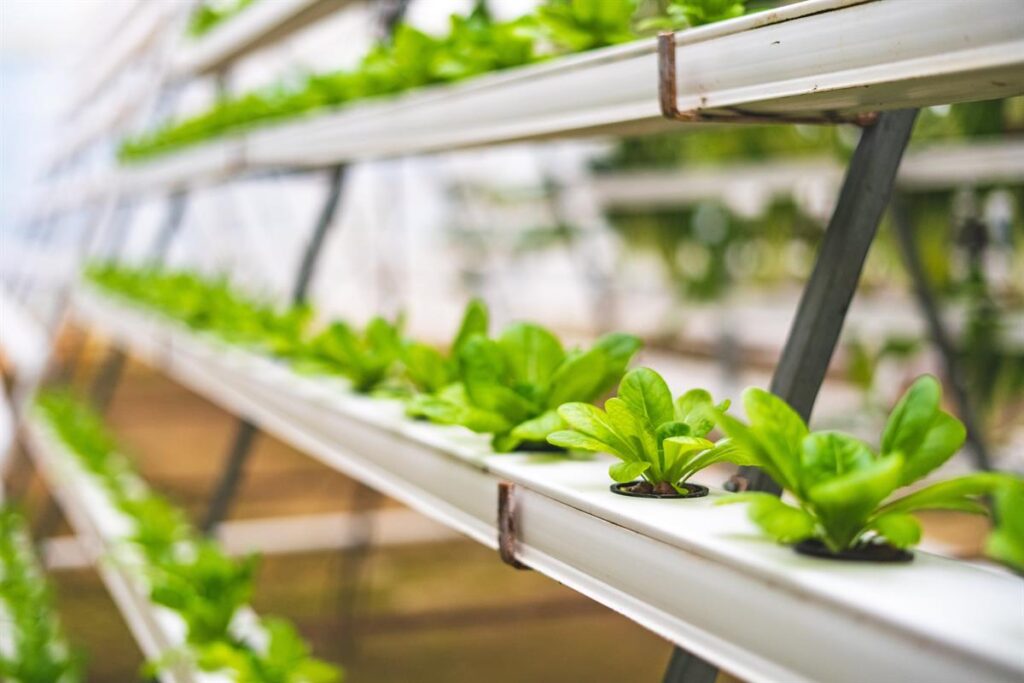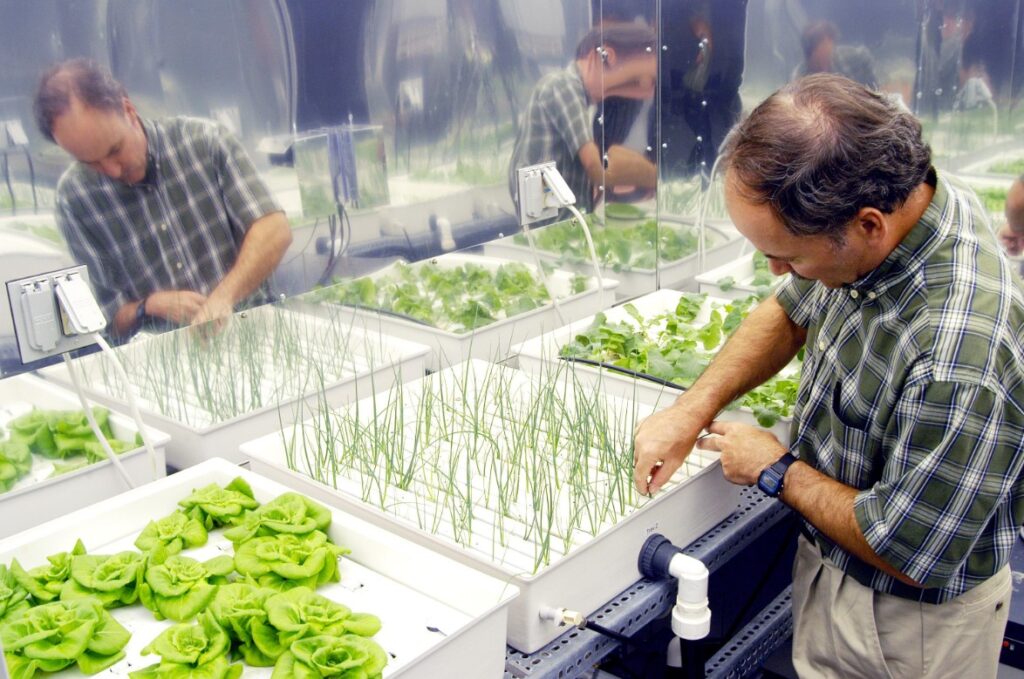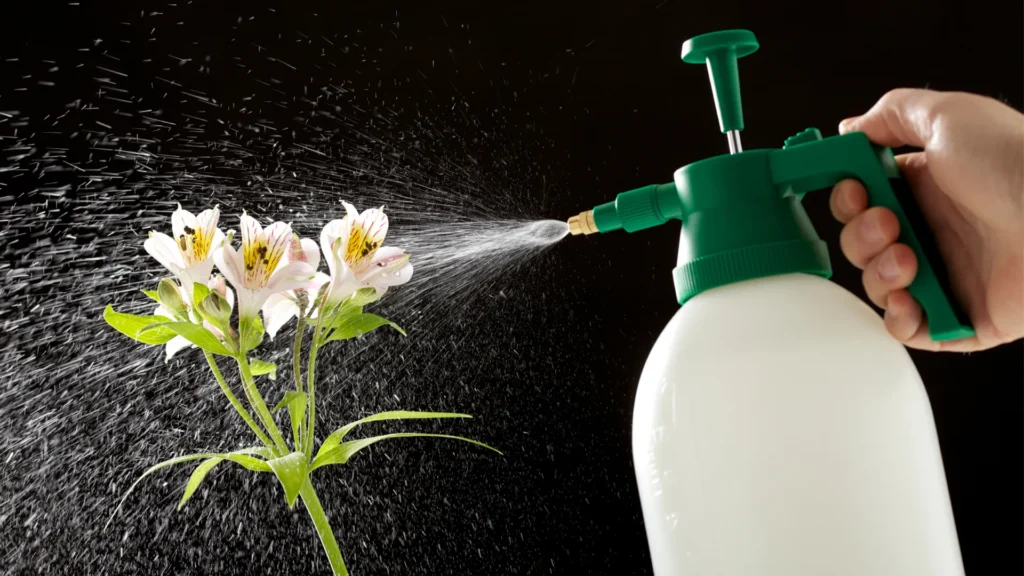If you’re the type who gets an itchy green thumb in the winter, hydroponic gardening can scratch that itch by allowing you to grow a thriving indoor garden right in your Pickering home.
With the right support and supplies from treeoflifecannabis.ca, you can care for your plants and enjoy fresh produce year-round!
What is Hydroponic Gardening, Anyway?
Hydroponic gardening is a way of growing plants without soil. Instead, plants are placed in a nutrient-rich water solution that provides all the necessary minerals and elements for their growth.
By eliminating soil from the equation, you take control of the plant’s environment more precisely, resulting in faster growth and higher yields (more detail on this in the next section.) Plus, it’s a fun and sustainable way to grow your own veggies and herbs, even if you have limited space.
The Rewards of Hydroponic Gardening

Source: corradi.eu
Hydroponic gardening provides several benefits that make it worth your while.
Firstly, you have the joy of witnessing your plants thrive, even during the winter months. Plus, you’ll have a bountiful supply of fresh, pesticide-free produce at your fingertips. Hydroponic gardening is also water-efficient since it uses up to 90% less water compared to traditional soil-based gardening. It’s a great way to reduce your environmental impact while still enjoying the beauty and flavors of homegrown plants.
Also, hydroponic gardening allows you to have complete control over the growing conditions. You can adjust the nutrient levels, pH, and lighting to create the perfect environment for your plants. This level of precision ensures faster growth rates, higher yields, and healthier plants overall.
Another advantage of a hydroponic garden is that it saves space. Whether you live in a small apartment or have limited outdoor space, hydroponic systems can be set up vertically or horizontally, maximizing the use of available space. You can even create a beautiful living wall of plants, adding a touch of greenery and freshness to your home.
Hydroponic gardening is also a great educational tool for both children and adults. It teaches valuable lessons about plant biology, nutrient cycles, and the importance of sustainable farming practices. It’s a fantastic way to engage with nature and cultivate a deeper appreciation for the food we eat.
Setting Up Your Indoor Garden
First things first, you’ll need a dedicated space for your hydroponic garden. A spare room, basement, or even a corner will do just fine. Next, you’ll need a few essentials to get started:
- Hydroponic system ─ Choose a system that suits your needs and space. There are various types available, such as Deep Water Culture (DWC), Nutrient Film Technique (NFT), or Aeroponics. Do some research to find the best fit for you.
- Lighting ─ Since plants won’t be getting natural sunlight indoors, invest in high-quality grow lights. LED lights are energy-efficient and provide the right spectrum for plant growth.
- Nutrient solution ─ Plants need food too! Get yourself a good hydroponic nutrient solution. Follow the instructions on the label and mix it with water in the right proportions.
- Growing medium ─ While hydroponics doesn’t use soil, you’ll need a growing medium to support the plant’s roots. Popular options include rock wool, perlite, and clay pellets.
Choosing the Right Plants

Source: wikipedia.org
Now comes the fun part – deciding what to grow!
When starting out, it’s best to begin with plants that are well-suited for hydroponic gardening. Leafy greens like lettuce, kale, and spinach are excellent choices. Herbs such as basil, mint, and cilantro thrive in hydroponic systems too. As you gain experience, you can branch out and experiment with other plants like tomatoes, peppers, and even strawberries.
Plant Care Tips
Here are some basic rules for caring for a hydroponic garden.
Water and Nutrients
Your hydroponic system will handle the watering for you, but make sure to monitor the water levels regularly. Check the pH of the nutrient solution and adjust it as needed to maintain optimal conditions for your plants.
Lighting
Ensure your plants receive 12-16 hours of light each day. Adjust the distance between the grow lights and the plants to prevent burning or stretching.
Pruning and Harvesting
Trim your plants regularly to encourage growth and prevent overcrowding. Harvest your fresh produce when it reaches the desired size, and enjoy the fruits of your labor.
Pest Control
Indoor gardens aren’t completely immune to pests. Keep a watchful eye for common intruders like aphids or spider mites. If you spot any, tackle the problem promptly with organic pest control methods.

Source: saferbrand.com
Harvesting and Enjoying Your Hydroponic Produce
When it comes to harvesting, timing is crucial. Each plant has its own specific maturity stage, and it’s important to be observant and harvest at the right moment. Unlike traditional soil gardening, hydroponic plants can grow faster and produce higher yields, so keeping a close eye on their development is essential.
Once you’ve harvested your hydroponic crops, you’ll be delighted by their freshness and flavor. The absence of soil means there’s no dirt to clean off, making the cleaning process easier and more convenient. From vibrant leafy greens to juicy tomatoes and crisp cucumbers, hydroponically grown produce often boasts exceptional taste and nutritional value.
Now, it’s time to enjoy the fruits of your hydroponic garden. Incorporate them into your meals for a healthy boost, create vibrant salads, or even experiment with new recipes. Knowing that you’ve grown these bountiful crops indoors using advanced techniques adds an extra sense of satisfaction to every bite. Harvesting and enjoying your hydroponic produce is not just about the end result but also about embracing the journey of sustainable, fresh, and homegrown food.
Getting Started in Pickering
If you’re ready to embark on your hydroponic gardening journey in Pickering, there are a few local resources and options to consider. Visit your local hydroponics supply shop to find the equipment, nutrients, and growing mediums you need. They can provide valuable advice and recommendations tailored to your specific needs.
You can also join online communities or social media groups dedicated to hydroponic gardening in Pickering and the GTA. You’ll find a wealth of knowledge, tips, and support from experienced indoor gardeners who can guide you along the way. Happy growing!

























